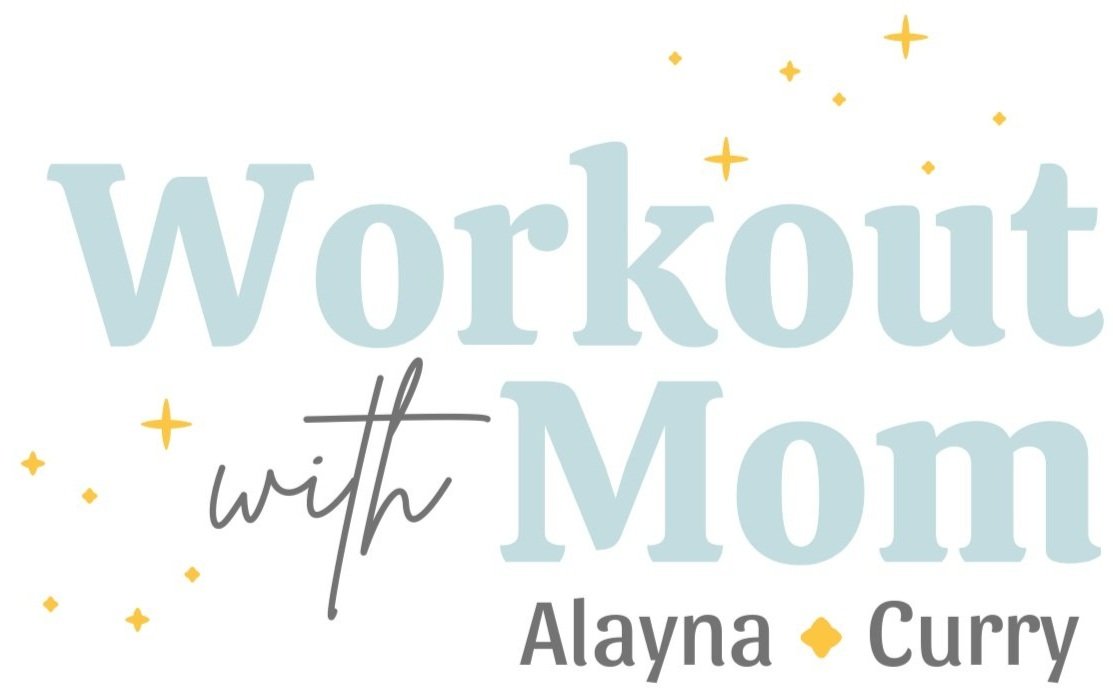Setting goals the SMART way
No one sets a goal with the intention of reaching it and then subsequently losing all that progress. We want to make sustainable change. The best kind of goals, the ones that will actually stick for the long term, follow the SMART formula. That stands for specific, measurable, attainable, realistic and timely. Each of those is an important element, but I’d say the one that matters most is realistic. Without that, you’ll never be able to follow through with your goals. Let’s break down each of the letters:
S - Specific
Most goals fail because they’re way too broad. They don’t get enough into the details and that makes it really hard to track. At the beginning of every year, people often set really broad goals like “I want to lose weight” or “I want to eat healthier.” But what does that really mean? These are too vague and it’ll be really hard to see if you’re making an impact. A lot of people also think that the easiest goals are based on numbers (weight lost, sizes dropped, etc.), but not all goals have to be focused on weight or aesthetic.
Examples:
This month, I want to increase the number of times I work out from 3 to 4 times per week.
By the end of this year, I want to be able to deadlift my body weight.
After training for 3 months, I want to reduce my mile run time by 1 minute.
M - Measurable
When you’re able to measure and track your progress in real time, it keeps you motivated to keep going. A great example of measurability is the concept of progressive overload. A lot of people train this way and there’s scientific evidence behind it. In this format, you would follow the same regimen with the same exercises for 6 weeks, but over time, you slightly increase your load (or weight). That way, week over week, you’re able to see that your strength is improving.
Examples:
Over the next 6 weeks, I want to increase my squat weight by 5 pounds per week.
I want to add 5 minutes of core training to the end of 3 of my workouts per week.
Over the next 3 months, I want to shave off 5 seconds on my mile run time each week.
A - Attainable
Your goals should be within reason. A lot of people set really pie-in-the-sky goals that are almost impossible for any person to actually reach. When you set these kinds of goals, it can get discouraging and you’ll be more likely to give up. I’m not saying your goals should be easy. They should absolutely challenge you! But you want to set goals that are actually possible with hard work. And once you reach that goal, it’s going to encourage you to set new goals and keep going.
Examples:
By the end of the year, I want to be able to hold a 60-second plank.
This summer, I want to run my first 5k.
Within the next 3 months, I want to be able to do 10 unmodified pushups.
R - Realistic
Your goals should possible, given your time and abilities. Let’s be honest: For most people, it’s impossible to work out 7 days a week. Yet so many people subscribe to the “all or nothing” mentality, believing that they have to exercise every single day. They’re held captive by their Apple rings. There’s a lot of factors you have to consider when you’re setting goals. You have to think about any injuries you have or other physical limitations. You don’t want to set a goal that’s going to end up harming you or land you with an injury. People can also be extremely impatient and want to reach their goals impossibly fast, but it just won’t be sustainable that way.
Examples:
This year, I want to start strength training 3 times a week for 30 minutes each session.
This year, I want to start cooking meals at home 3 times a week.
This month, I want to go for a 1-mile run each Saturday morning.
T - Timely
You want to set a deadline for your goals. People get really overwhelmed that their fitness journey is indefinite, wondering am I really going to have to do this for the rest of my life?! We’re not just exercising in our 20s and 30s. We’re meant to sustain it well into our old age. If you set goals that have a deadline that you’re working towards, it’s going to break up your journey into more digestible pieces, and help keep you interested and engaged so that you can stay active for years to come.
Examples:
For the next 6 weeks, I want to increase my weekly runs by 5 minutes per week.
This year, I want to complete 1 yoga workout each week so I can work towards getting into a yoga headstand.
Before my 35th birthday in 3 months, I want to be able to do 35 uninterrupted sit-ups.
